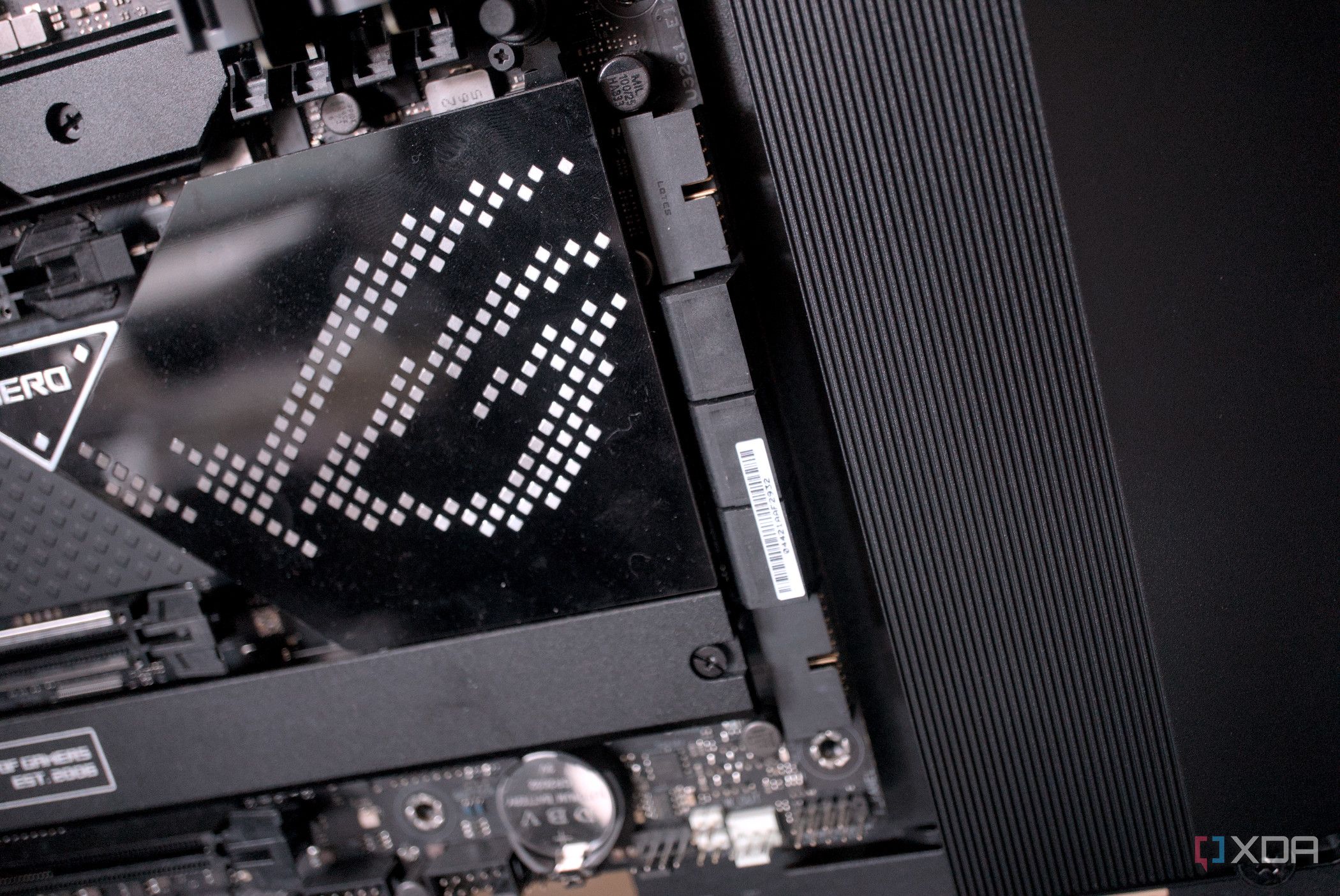URGENT UPDATE: Major motherboard brands including Asus, MSI, and Gigabyte are facing scrutiny as reports reveal that their touted AI overclocking features are little more than marketing gimmicks. New analyses confirm that these systems rely on outdated algorithms rather than genuine machine learning, leading to misleading claims about performance enhancements.
This revelation strikes at the heart of consumer trust, with tech enthusiasts questioning the validity of AI-branded products in a market where true innovation is crucial. As manufacturers scramble to attract buyers in 2025, the reality is that many of these so-called AI tools merely automate basic tuning functions, reinforcing skepticism about the authenticity of AI integration in consumer technology.
When users enable AI overclocking in their BIOS, the process is far from intelligent. Instead, it involves a straightforward assessment of the CPU’s specifications, comparing data against a static database of known values. This method does not involve any real-time learning or adaptation, as industry experts clarify.
Experts assert: “What these brands call AI overclocking is no more advanced than your programmable thermostat,” emphasizing that these features are essentially automated scripts with basic lookup tables. The claims of these systems “predicting” performance or “learning” from past settings are fundamentally misleading.
The stability testing practices surrounding these features are equally concerning. Most stress tests last under five minutes, which is insufficient for ensuring reliability across diverse workloads. Experienced overclockers know that true stability requires extensive testing over extended periods, often lasting hours or even days. This rapid testing fails to account for the unique performance characteristics of individual CPUs, often leading to potential system failures during more demanding tasks.
The phenomenon known as the “silicon lottery” further complicates the matter. Each CPU, even those from the same batch, has its distinct performance quirks due to microscopic manufacturing differences. Automated systems cannot account for these intricacies and thus resort to conservative settings that minimize risk but also limit performance potential.
Manufacturers are under pressure to justify premium pricing for high-end motherboards, as traditional overclocking has become less relevant in a landscape where CPUs already possess built-in performance-boosting technologies like Intel’s Turbo Boost and AMD’s Precision Boost. This shift has led to a surge in marketing departments using the buzzword “AI” to enhance appeal, despite the lack of real technological advancement.
Critics argue that the industry is insulting consumer intelligence by promoting features that do not deliver on their promises. The recommendation for serious overclockers remains clear: manual tuning is the most reliable way to unlock true CPU potential. Engaging with architecture-specific guides and using robust stability-testing tools like Prime95 and OCCT will yield more meaningful results than relying on automated solutions.
For those who prefer not to delve into manual overclocking, the best advice is to utilize the stock boosting algorithms provided by Intel and AMD. These built-in features are designed to maximize performance without the risks associated with overclocking and are supported by telemetry from millions of processors worldwide.
As the tech community continues to dissect these claims, it’s evident that the push for genuine innovation in motherboard technology remains critical. Users are encouraged to stay informed and skeptical, advocating for transparency in the marketing of features labeled as AI.
With the tech industry evolving rapidly, it is vital for consumers to demand authentic advancements rather than repackaged features dressed in buzzwords. The call for better engineering and meaningful innovation has never been more urgent.
